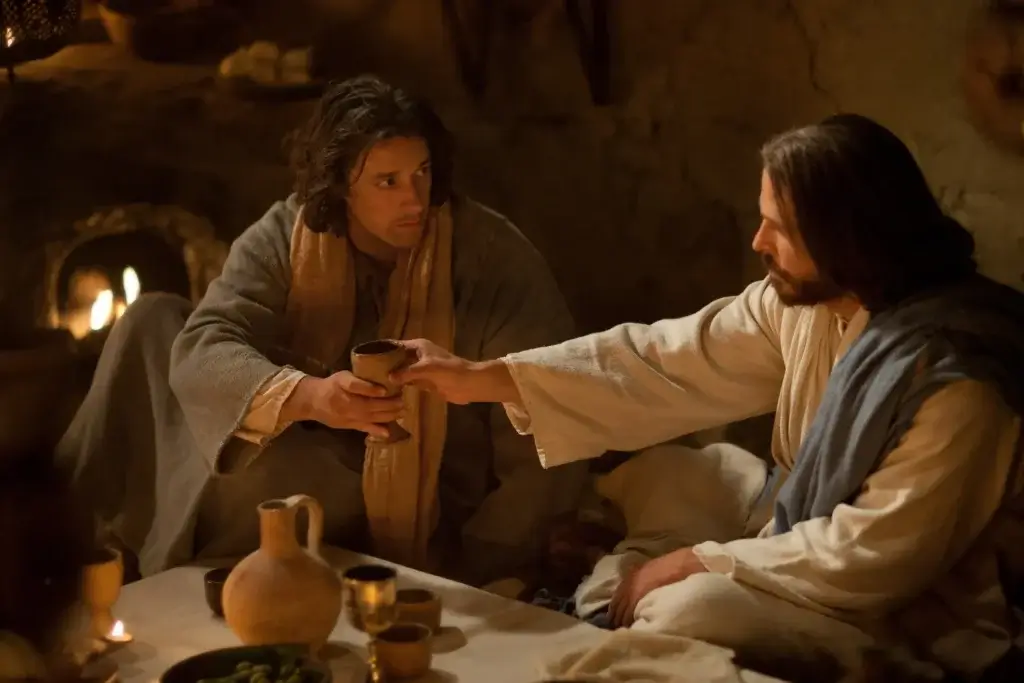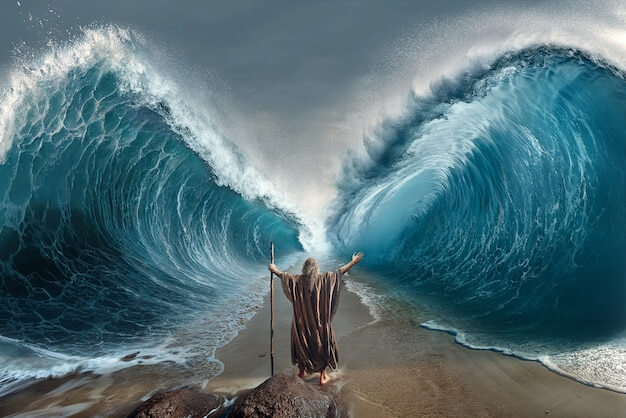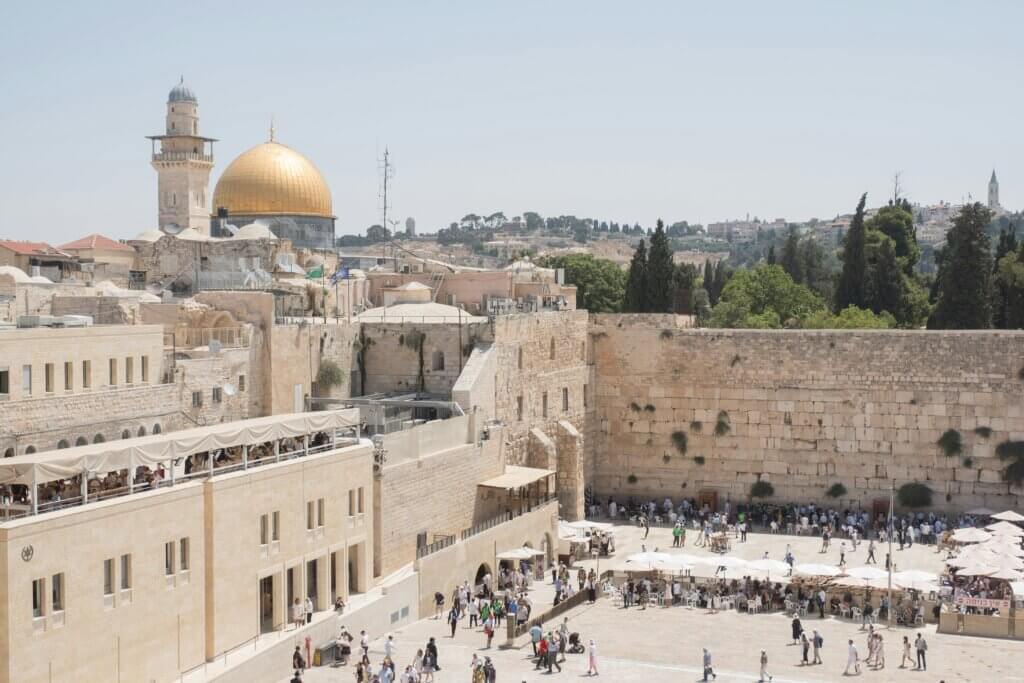Author’s Journey to Understanding Isaiah

Reading the Book of Isaiah for the first time in my early twenties in New Zealand, I somehow sensed that its historical scenario had a much bigger application than only to Isaiah’s day or soon thereafter. Less than a decade later, in a yeshiva or rabbinic school in Jerusalem, Israel, the head rabbi declared as much. He said Isaiah’s prophecy applied to his own day AND to the end of the word at the same time. That it was a Jewish tradition, though he had no proof. Again less than a decade later, now in college in America, I found the proof in Isaiah’s literary configurations. His book was indeed an end-time prophecy, one that entirely changed the rules for interpreting it.
A huge boost to verifying how Isaiah’s prophecy formed an end-time scenario came from my mentor Roland K. Harrison, a well-known conservative scholar of the Old Testament. His friend William Brownlee had discovered a bifid division in the Dead Sea scroll of Isaiah of St. Mark’s Monastery. Seven categories of prophetic content in first thirty-three chapters paralleled seven categories in the second thirty-three chapters. Harrison suggested I analyze these for my Ph.D. thesis. Did this feature simply reflect a Hebrew love of parallelism? Or did it hold secrets that were a key to the book’s authorship and interpretation. I was determined to solve this mystery.
A year spent with Harrison at Wycliffe College in Toronto, Canada, taught me not to fear liberal scholars’ views about multiple authors of the Book of Isaiah—that many theories they espoused that were supposedly “set in concrete” contained cracks and weaknesses. I saw liberal scholars’ academic envy and desire to make a name for themselves rather than be earnest seekers of God’s truth. I also saw conservative scholars’ tendency to prooftext God’s Word in support of their own religious dogma. Literary analysis of texts was still in its infancy. Happily, much of my task consisted of experimenting with modes of analysis that coincided with the age of computers.
I found that the loose configuration of categories Brownlee had identified was in reality a highly sophisticated literary arrangement that revealed a rich treasure of prophetic data. Seven themes or genres in each half of the book not only paralleled one another but they developed prophetic and theological concepts systematically from one category to the next. Analyzing these brought to light layers of literary dimensions intricately woven into the fabric of Isaiah’s prophecy. My pursuit of revealed truth that had lain hidden for centuries became an all-consuming passion. Even ten years of post-doctoral research barely sufficed to unseal its internal interpretive keys.
Each time I discovered a new literary device Isaiah used, I was required to completely readjust my thinking from what I had understood previously. This was no Old Testament book dealing solely with what happened among a people in antiquity. Encoded in its writings was a futuristic forecast of the end of the world that used ancient events as a cloak under which to predict end-time events. More than that, it revealed the covenants of God the world had lost sight of which were the key to growing in “power with God and with men” Genesis 32:28). Such a capacity—whether in former times or ours—God desires to give all who keep the terms of his covenants.
Reaching a plateau of understanding—while keeping an open mind to learn more—I began publishing works on the internal mechanics of the prophecy of Isaiah and what their existence implied for interpreting it. To me personally, the end-time message of Isaiah inspired me to reorder my spiritual life to accord with its precepts. Doing so has proven to me that the miracles we read of in holy writ are accessible to all, in real life and on a daily basis. I know God is there for all who wish to draw nearer to him—that his Son Jesus Christ is that same God of Israel who delivered his people in the past as he will again even while the world counts down to destruction.











